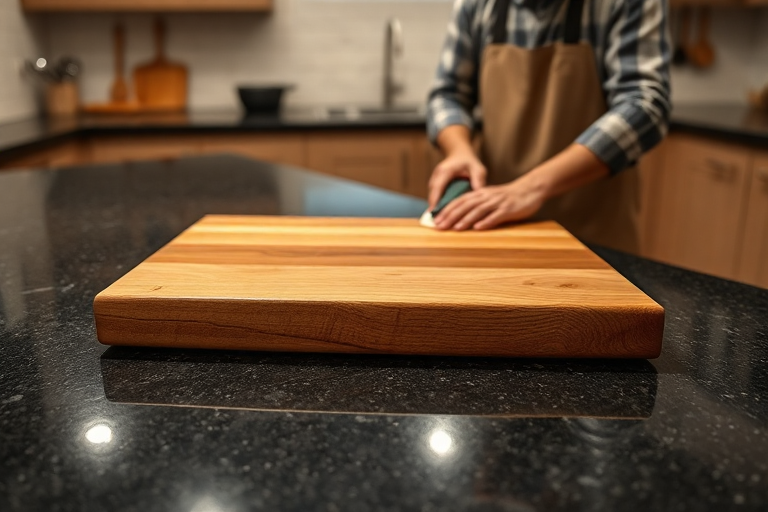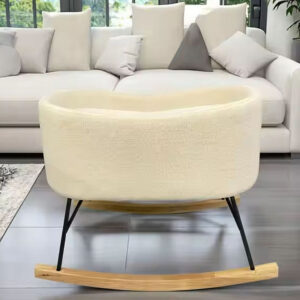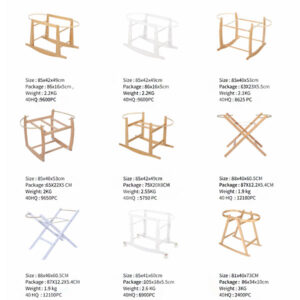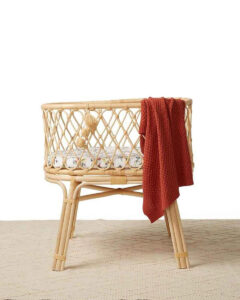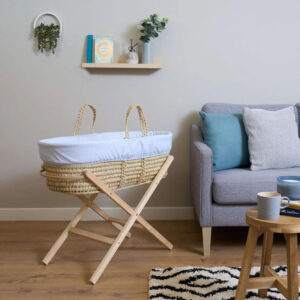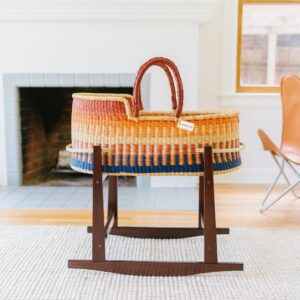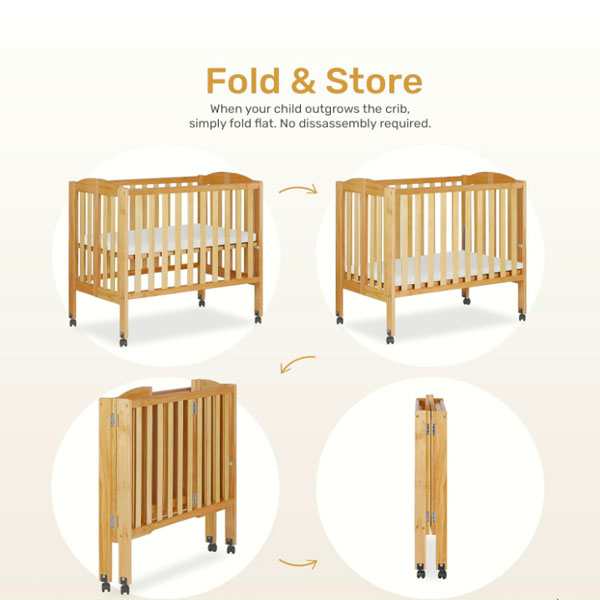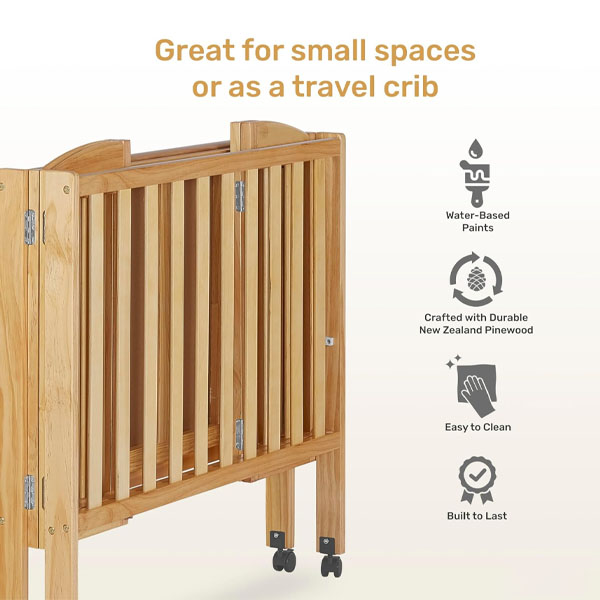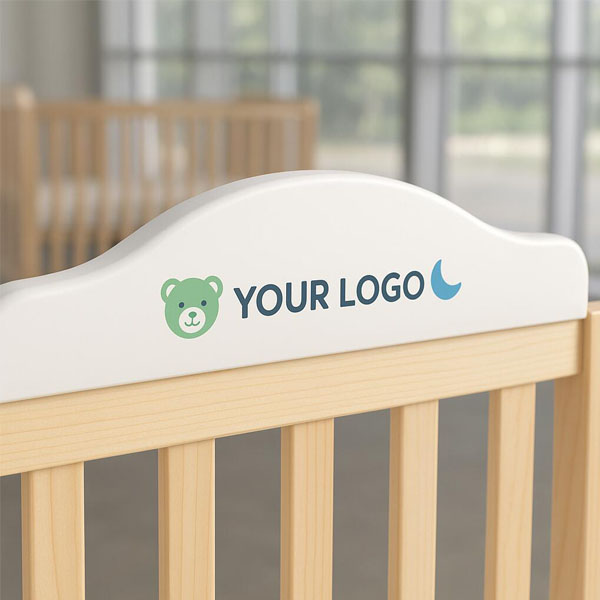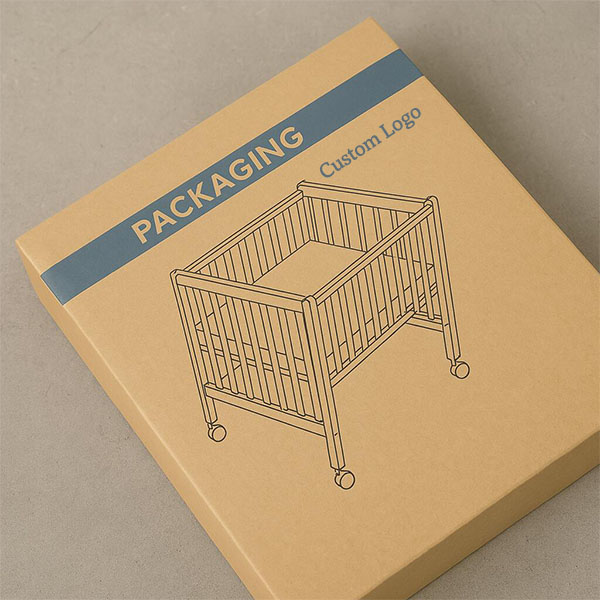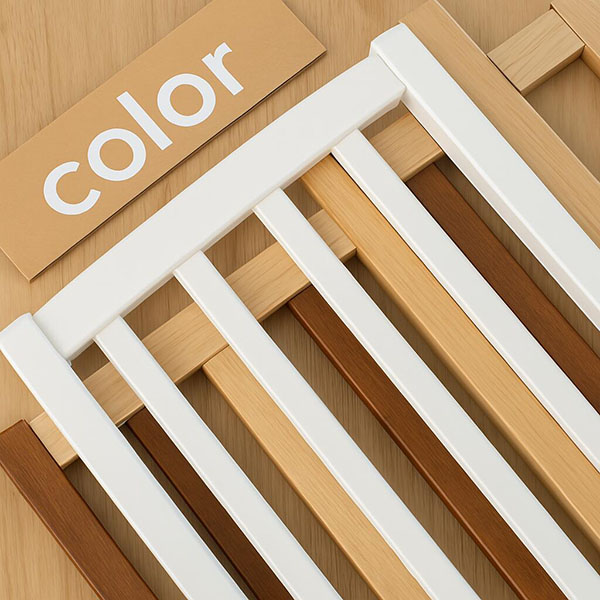Why Does My Wooden Cutting Board Feel Rough, and How Can I Fix It?
A rough wooden cutting board can be frustrating to use and may even harbor bacteria. But don’t worry—there are simple ways to restore its smooth surface.
Your wooden cutting board feels rough because the wood fibers have dried out or been damaged. Sanding the board and applying food-grade mineral oil can restore its smoothness.
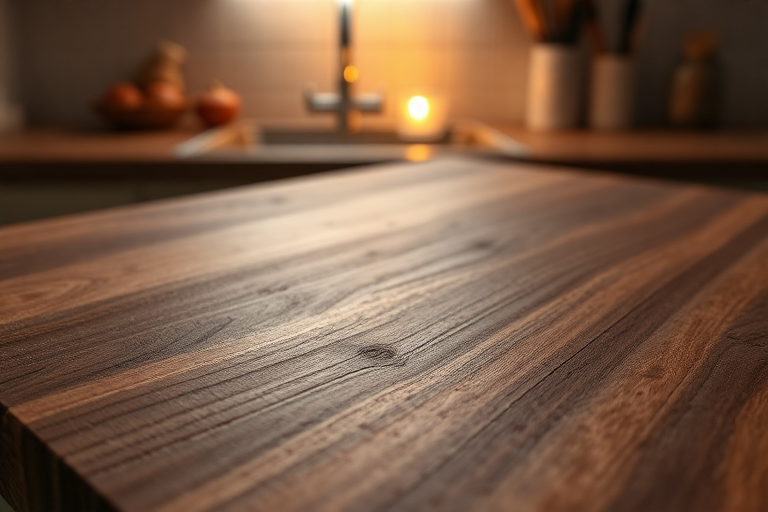
Let’s explore why wood becomes rough and the steps you can take to fix and maintain your cutting board’s smooth finish.
Why does wood become rough over time?
Wood is a natural material, and its texture can change due to wear and tear, environmental factors, and lack of maintenance.
Wood becomes rough when the fibers dry out, are cut by knives, or are exposed to heat and moisture. These factors cause the surface to lose its smooth finish.
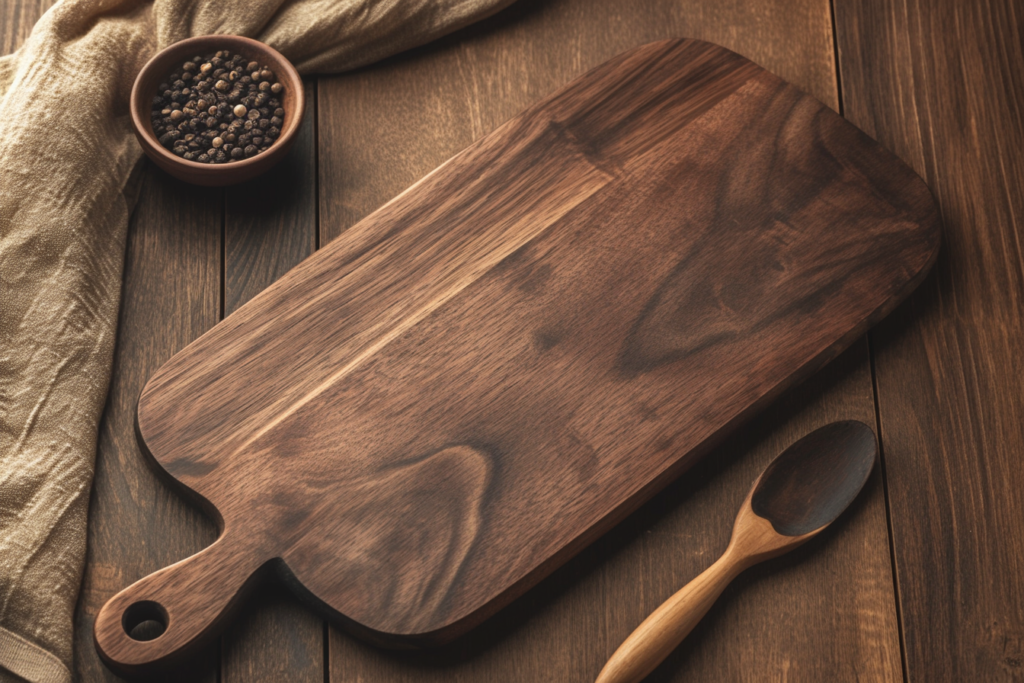
Causes of Roughness in Wooden Cutting Boards
- Drying Out:
Without regular oiling, the wood loses moisture, causing the fibers to lift and feel rough. - Knife Damage:
Repeated cutting can create tiny grooves and splinters in the wood’s surface. - Exposure to Water:
Moisture can cause the wood to swell and shrink, leading to a rough texture. - Heat and Humidity:
Extreme temperature changes can make the wood fibers expand or contract unevenly.
Understanding these causes can help you prevent roughness and keep your cutting board in good condition.
How can sanding fix a rough wooden cutting board?
Sanding is a simple and effective way to restore a smooth surface to your wooden cutting board. Here’s how to do it properly.
Sanding removes the damaged surface layer of the wood, creating a smooth texture. Use fine-grit sandpaper and sand in the direction of the grain for the best results.
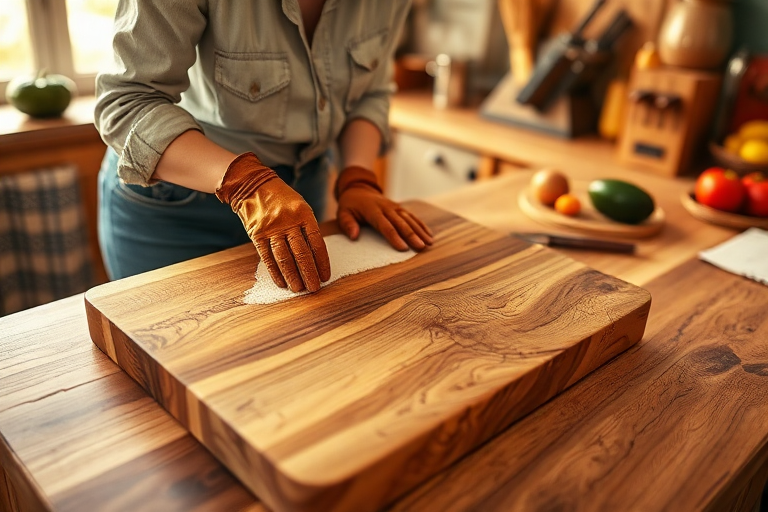
Step-by-Step Guide to Sanding
- Gather Supplies:
You’ll need fine-grit sandpaper (220-grit or higher), a sanding block, and a clean cloth. - Sand Gently:
Lightly sand the board in the direction of the wood grain, avoiding excessive pressure. - Check Progress:
Wipe the board with a cloth to check for smoothness, and repeat if necessary. - Remove Dust:
Use a damp cloth to remove all sanding dust before applying oil. - Round the Edges:
Sand the edges slightly to smooth out any sharp or rough areas.
Sanding not only fixes roughness but also extends the life of your cutting board.
Why is oiling important after sanding?
After sanding, your cutting board will look and feel smooth, but oiling is essential to protect the wood and maintain its finish.
Oiling seals the wood fibers after sanding, preventing moisture absorption and keeping the surface smooth. Use food-grade mineral oil for safe and effective results.
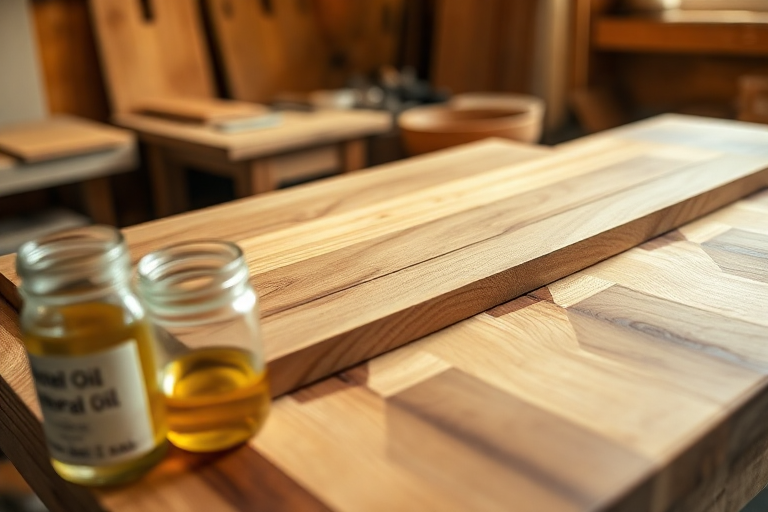
Benefits of Oiling
- Moisture Protection:
Oil creates a barrier that prevents water from penetrating the wood and causing roughness. - Enhanced Smoothness:
Oiling keeps the wood fibers soft and supple, maintaining a smooth surface. - Prevents Cracking:
Regular oiling prevents the wood from drying out and becoming brittle. - Improves Appearance:
Oil brings out the natural grain of the wood, making the board look polished and new.
For best results, oil your board immediately after sanding and reapply monthly.
How do you maintain a smooth wooden cutting board?
Keeping your wooden cutting board smooth requires regular maintenance. With a few simple steps, you can prevent roughness and extend its lifespan.
To maintain a smooth surface, clean your board with mild soap, dry it thoroughly, and apply food-grade mineral oil regularly. Avoid soaking or exposing it to extreme heat.

Tips for Maintenance
- Clean Properly:
Use a soft sponge and mild soap to clean the board, avoiding harsh chemicals. - Dry Completely:
Dry the board with a towel and let it air-dry upright to prevent moisture buildup. - Oil Regularly:
Apply food-grade mineral oil once a month or whenever the board looks dry. - Avoid Soaking:
Don’t soak the board in water, as this can cause the wood to swell and become rough. - Store Correctly:
Store the board in a cool, dry place, away from heat and humidity.
By following these tips, you can keep your wooden cutting board smooth and functional for years.
Conclusion
A rough wooden cutting board can be fixed by sanding and oiling. Regular maintenance, including proper cleaning and drying, will keep the surface smooth and prevent future roughness.

